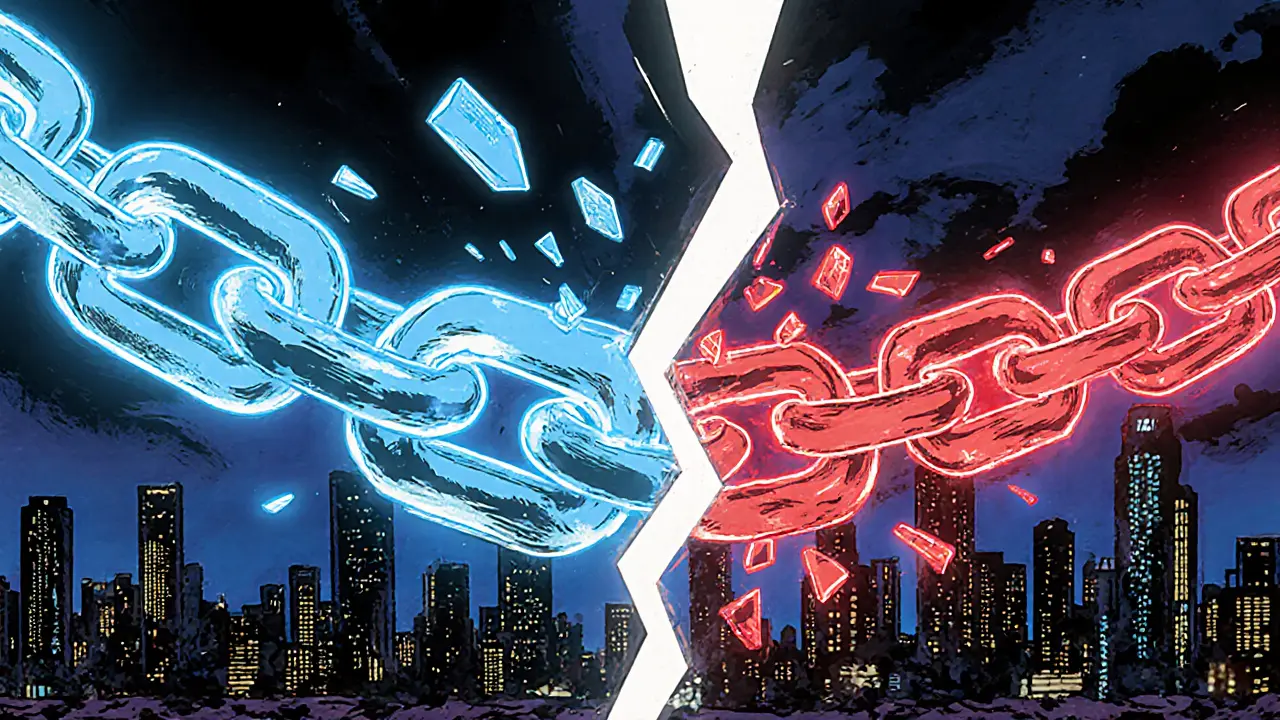
Fork Type Estimator
Fork Assessment Input
Answer these questions based on your knowledge of the proposed fork
Fork Assessment Results
Enter information to see assessment
When a blockchain reaches a pivotal change, developers and users alike wonder how the network will evolve. The answer often lies in blockchain forks, but not all forks are created equal. Some split the community, while others glide through with barely a whisper. In this guide we break down the two main families-contentious forks and planned forks-so you can spot the signals, weigh the risks, and understand why one decision can reshape an entire ecosystem.
What Is a Fork in the First Place?
A Blockchain is a distributed ledger where each block references the one before it, creating an immutable chain of transactions. When the consensus rules that govern that chain change, the ledger can diverge into two separate histories. This divergence is called a fork.
Defining the Two Fork Families
A Planned Fork is a coordinated, community‑approved upgrade that usually follows a clear roadmap, extensive testing, and broad stakeholder communication. Think of it as a scheduled software update you install on your phone.
In contrast, a Contentious Fork is an unplanned split driven by deep disagreement over protocol direction, often resulting in two permanently incompatible chains. It’s more like a divorce where both parties go their separate ways.
How Planned Forks Unfold
- Consensus building: Core developers, validators, and major exchanges discuss proposals months in advance.
- Formal proposals: For Ethereum, an Ethereum Improvement Proposal (EIP) details the technical changes, required testing, and expected impact.
- Announcement window: Usually 6-9 months before activation, giving wallets, miners, and users time to prepare.
- Network upgrade: All participants upgrade simultaneously, keeping a single chain after the fork.
Examples include Ethereum’s Berlin (April 2021) and Shanghai (April 2023) upgrades, both achieving >99 % node participation within hours of the scheduled block.
How Contentious Forks Erupt
- Trigger event: A disagreement-often about block size, transaction fees, or core philosophy-sparks a split.
- Parallel development: Rival teams code separate rule sets, sometimes for weeks, without a unified roadmap.
- Network split: Miners and nodes choose a side, creating two chains that cannot communicate.
- Fragmented support: Exchanges, wallets, and services must list both assets, leading to user confusion.
The 2017 Bitcoin Cash split from Bitcoin is a textbook case: 55 % of hash power stayed on BTC, while 45 % moved to BCH, and the market capitalizations diverged dramatically.
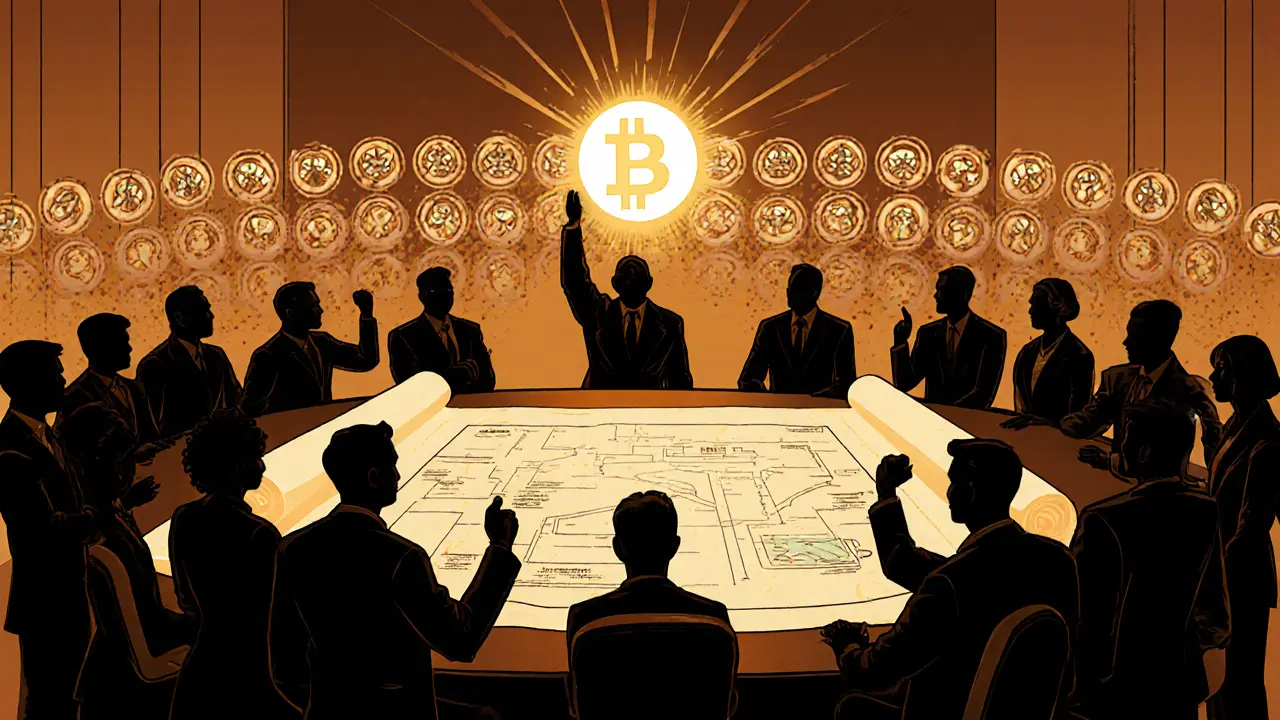
Technical Differences at a Glance
| Aspect | Planned Fork | Contentious Fork |
|---|---|---|
| Initiation | Community consensus, formal proposal | Unplanned disagreement, parallel codebases |
| Coordination | Scheduled announcements (6‑9 months) | Ad‑hoc, often surprise |
| Network impact | Single chain continues after upgrade | Permanent split into two chains |
| Node upgrade rate | 95‑99 % within 24 h | 30‑70 % on each side |
| Market effect | Token retains or grows value | Value dilution, new token creation |
Advantages and Risks
Planned forks bring stability. Binance Academy reports a 92 % success rate for major upgrades without chain splits. They enable protocol optimizations-EIP‑2929 in the Berlin fork cut gas costs by up to 30 %, and the Istanbul fork lifted transaction throughput by 17 %.
Contentious forks can solve philosophical dead‑ends, like Ethereum Classic preserving immutability after the DAO hack. But they also waste resources: a Real Vision interview with Andreas Antonopoulos highlighted that Bitcoin SV processes only about 1,200 transactions per day versus Bitcoin’s 300,000, draining network power.
Governance: Why One Fork Happens Over the Other
Projects with formal on‑chain governance-like Polkadot’s runtime upgrades-see far fewer contentious splits. The Cambridge Centre for Alternative Finance found contentious forks dropped from 32 % of all forks in 2017‑18 to 14 % by 2023. Governance frameworks, voting mechanisms, and clear upgrade paths tip the scales toward planned forks.
When governance is weak, disagreements fester. Dr. Emin Gün Sirer warned that Bitcoin Cash exposed a “governance paradox”: decentralization enables forks, but forks erode the network effects that give a blockchain its value.
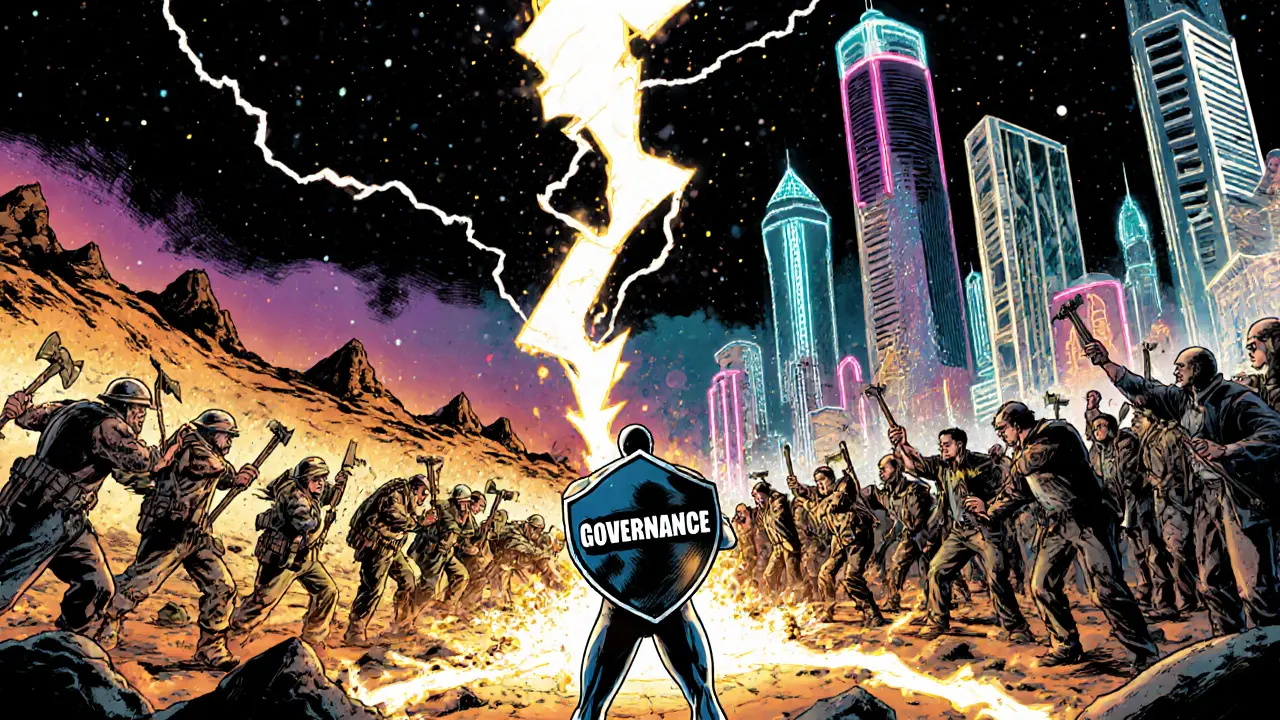
Market and Community Implications
Market caps tell the story. Ethereum’s market cap grew from $18 B pre‑Byzantium to $550 B pre‑Merge, while Bitcoin Cash never captured more than 0.2 % of Bitcoin’s valuation. Developer activity mirrors this trend: Electric Capital recorded 4,332 active Ethereum contributors in 2023 versus just 147 for Bitcoin Cash.
Regulators also care. The SEC’s 2022 framework treats tokens from contentious forks as potential securities, leading to extra compliance hurdles for projects like Bitcoin SV.
Future Outlook: Will Contentious Forks Disappear?
Governance tools are evolving. By 2025, Gartner predicts 90 % of major blockchains will have formal governance, cutting contentious forks by three‑quarters. Some networks-Polkadot, Cosmos-already practice “forkless upgrades,” where changes are voted into the runtime without creating a new chain.
Yet, the underlying tension between decentralization and coordination will remain. As long as stakeholders disagree on core principles, rare but high‑impact contentious splits will still surface, acting as a safety valve for extreme ideological divides.
Quick Checklist for Evaluating a Fork
- Is there an official proposal (EIP, BIP, etc.)?
- What is the announced activation date?
- How many major exchanges have confirmed support?
- What is the estimated node upgrade compliance?
- Are there clear governance mechanisms behind the change?
Use this list before committing funds or integrating new code-especially if the fork looks more contentious than planned.
Frequently Asked Questions
What’s the main difference between a hard fork and a soft fork?
A hard fork changes the consensus rules in a way that makes previously valid blocks invalid, forcing all nodes to upgrade. A soft fork is backward‑compatible; old nodes still see the new blocks as valid, so only a majority of miners need to signal support.
Can a contentious fork become a planned fork later?
Sometimes the two chains converge on a shared protocol after months of separate development, effectively turning the split into a coordinated upgrade. However, this is rare and usually requires a strong incentive for both communities to reunite.
How do exchanges decide which fork to support?
Exchanges assess technical readiness, legal risk, and community backing. For planned forks they follow the official announcement timeline; for contentious forks they weigh the size of each chain’s hash rate and market demand.
Do users lose funds during a fork?
Funds on the original chain stay there. After a contentious fork, the same pre‑fork balance appears on both new chains, so users effectively have duplicate assets-one on each side.
What’s an example of a successful planned fork?
Ethereum’s London upgrade in August 2021, which introduced EIP‑1559, reduced fee volatility and was adopted by >99 % of nodes within two days.



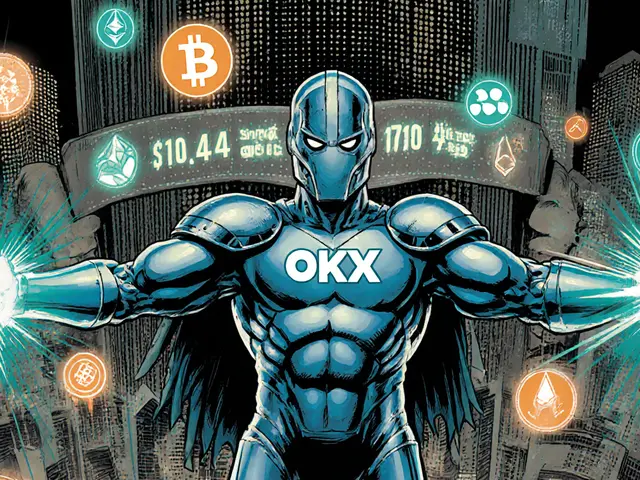

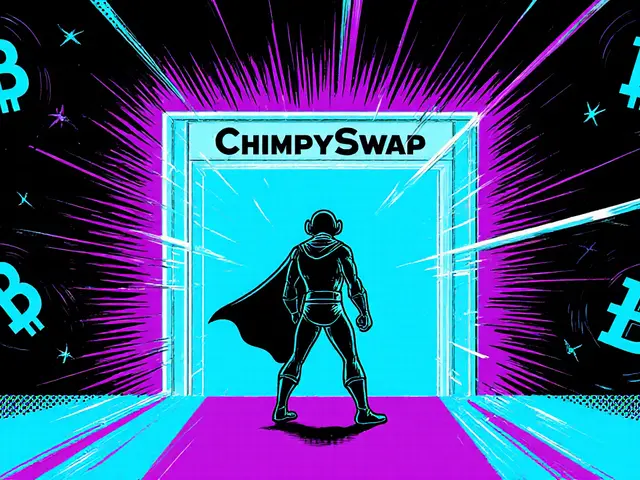
There are 5 Comments
Rohit Sreenath
Planned forks are just lazy upgrades.
Sam Kessler
When you parse the cryptographic substrate of a contentious fork, you realize the underlying governance vacuum is a manifestation of elite capture; the very nomenclature of "hard fork" and "soft fork" masks the sociopolitical fissures that precipitate a bifurcation in the consensus layer, thereby engendering a systemic risk vector that is often obfuscated by veneer of technical optimism.
Brody Dixon
I appreciate the clear breakdown; it helps developers gauge the effort needed for a smooth migration.
Mike Kimberly
The distinction between planned and contentious forks is not merely academic; it has tangible ramifications for network stability, developer morale, and market perception. In a planned fork, the roadmap is communicated months in advance, allowing node operators to synchronize upgrades, and exchanges to adjust listings with minimal disruption. This coordination mirrors a well-rehearsed orchestra where each instrument knows its cue, resulting in a harmonious transition. By contrast, a contentious fork erupts like a sudden storm, with parallel codebases diverging overnight, forcing participants to make binary choices under pressure. Such splits often fracture community consensus, leading to duplicated assets and diluted liquidity. The Bitcoin Cash split of 2017 exemplifies this chaos, where roughly half of the hash power migrated, creating two competing ecosystems. Moreover, the market response to contentious forks tends to be volatile; speculative trading spikes while long‑term confidence wanes. Governance mechanisms play a pivotal role: on‑chain voting, proposal frameworks, and transparent communication tip the scales toward planned upgrades. Projects lacking these structures are more susceptible to ideological rifts that manifest as contentious forks. It is also worth noting that regulatory scrutiny intensifies after a contentious split, as authorities treat the new token as a potential security. Finally, developers should assess node upgrade rates: a well‑executed planned fork sees >95% adoption within 24 hours, whereas a contentious fork may linger with 30‑70% participation on each side for weeks. Understanding these dynamics equips stakeholders to make informed decisions, mitigate risks, and contribute to a more resilient blockchain ecosystem.
Patrick Rocillo
✨ Great checklist! I’ll definitely keep an eye on the official proposal links before moving any funds. 🚀
Write a comment
Your email address will not be published. Required fields are marked *